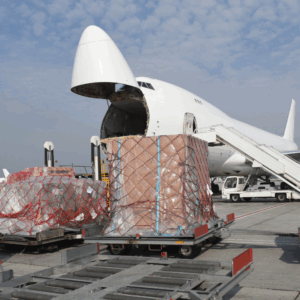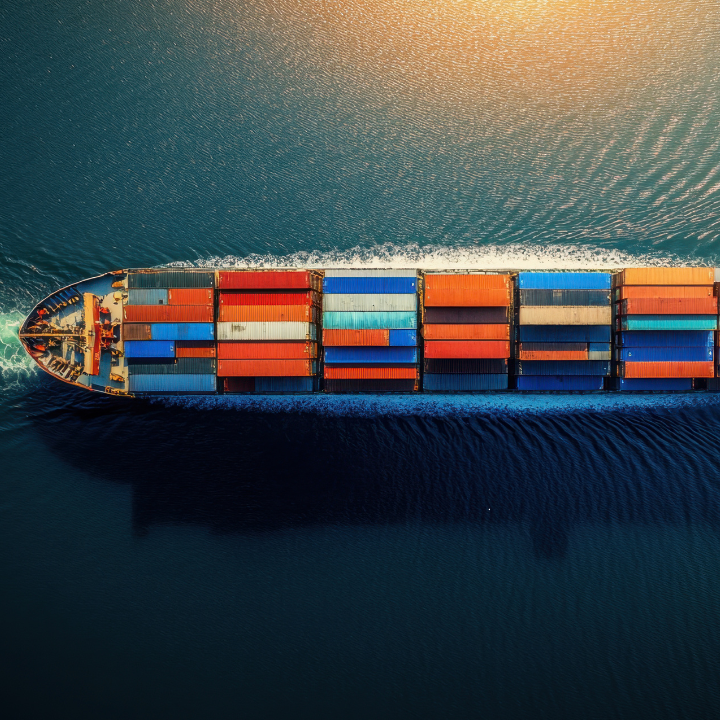 The ocean and air cargo markets are undergoing significant transformation as global trade faces a unique mix of post-pandemic recovery, new trade regulations, and rising demand for efficient supply chain models. Companies are adapting quickly, seeking flexible and data-driven strategies to manage fluctuations in shipping capacity and secure the best freight rates across both air and ocean transportation. These shifts are not only economic but operational, affecting how logistics are planned, quoted, and executed. While digital transformation has swept across many industries, in logistics, it has become an indispensable tool. Platforms like ExFreight and its logistics engine Exfresso have redefined how freight companies quote, book, and track their shipments, offering real-time visibility and instant decision-making capability. This shift toward digital freight forwarding has become essential in a market where precision, agility, and automation are crucial to achieving competitive advantage. Moreover, ocean and air carriers have had to adjust capacity deployment to balance demand while avoiding bottlenecks constantly. In this environment, managing your logistics capacity isn’t just an operational concern; it’s a strategic priority that directly affects costs, delivery times, and customer satisfaction.
The ocean and air cargo markets are undergoing significant transformation as global trade faces a unique mix of post-pandemic recovery, new trade regulations, and rising demand for efficient supply chain models. Companies are adapting quickly, seeking flexible and data-driven strategies to manage fluctuations in shipping capacity and secure the best freight rates across both air and ocean transportation. These shifts are not only economic but operational, affecting how logistics are planned, quoted, and executed. While digital transformation has swept across many industries, in logistics, it has become an indispensable tool. Platforms like ExFreight and its logistics engine Exfresso have redefined how freight companies quote, book, and track their shipments, offering real-time visibility and instant decision-making capability. This shift toward digital freight forwarding has become essential in a market where precision, agility, and automation are crucial to achieving competitive advantage. Moreover, ocean and air carriers have had to adjust capacity deployment to balance demand while avoiding bottlenecks constantly. In this environment, managing your logistics capacity isn’t just an operational concern; it’s a strategic priority that directly affects costs, delivery times, and customer satisfaction.
Freight Shipping Under Pressure: Capacity and Congestion Challenges
One of the most pressing issues in international freight transportation is the imbalance between demand and supply of shipping capacity, particularly on critical global trade lanes. In ocean freight, a surge in new vessel deliveries has expanded capacity, but in many cases, this has outpaced actual trade growth. As a result, ocean freight rates have been subject to volatility, with blank sailing and idle container ships deployed to stabilize pricing. Shipping lines are recalibrating their operations in response to geopolitical uncertainties, including newly imposed port call fees on Chinese vessels and broader concerns about international tariffs. Additionally, supply chain interruptions such as the Red Sea crisis have forced ocean carriers to reroute vessels around longer and more expensive paths, thereby absorbing more capacity without necessarily generating proportional revenue.
On the other hand, air freight has experienced an entirely different kind of stress. While its pricing remains above pre-pandemic levels in many regions, capacity constraints due to
Digital Logistics Capacity Management: How to Navigate and Win
Modern logistics capacity management is no longer about reacting to delays or price hikes. It’s about proactively planning and continuously optimizing your freight flows using platforms designed for visibility, automation, and integration. ExFreight, through its platform Exfresso, offers a comprehensive digital solution that allows shippers to obtain instant online shipping quotes, compare air cargo rates and ocean freight rate options, and select the most efficient routing based on cargo specifications, transit time, and cost. Exfresso’s system automatically disqualifies carriers whose dimensional thresholds are exceeded, ensuring only accurate and feasible options are presented to the shipper. The system incorporates cubic density, linear foot calculation, and loading meter assessments to prevent misclassification and avoid excess charges, which are particularly significant in freight shipping markets where space utilization is crucial. Beyond pricing, the platform integrates document handling, customs compliance support, and tracking tools to provide comprehensive logistics management. The result is not just speed, but accuracy and control. Whether you manage cargo transport within North America or oversee international freight transportation across Asia, Europe, or Latin America, being able to simulate rates, book in real-time, and track cargo through a unified platform reduces risk and improves your overall supply chain performance. In markets that are increasingly sensitive to external shocks — whether economic, regulatory, or environmental — ExFreight’s digital ecosystem provides freight companies and shippers with the infrastructure to scale globally without compromising precision or efficiency.
Why Freight Rates Matter More Than Ever

Frequently Asked Questions
What does “missing documents” mean?
This status appears when a shipment lacks the necessary export documentation. Specifically, the shipper has not uploaded the commercial invoice, packed list, or completed export declaration. Without this, ExFreight cannot process or export the cargo, resulting in delays at the port or airport.
What is a VGM – Verified Gross Mass certificate?
The VGM certificate confirms the total weight of a loaded container. Since the implementation of SOLAS regulations, a container cannot be loaded on a vessel without a verified weight submitted by the shipper to both the ocean carrier and terminal before the cut-off. This regulation, enforced by the IMO, is crucial for safety and operational planning.
Which trucking services does ExFreight offer?
ExFreight offers LTL (Groupage), Full Truckload, and Volume LTL services across the U.S., Canada, and Europe. The Exfresso platform provides instant freight quotes for shipments, automating calculations such as loading meter, density, and linear feet. This ensures carriers are not selected if the load exceeds their capacity thresholds, minimizing rejection and rework.

The future of shipping is not simply about choosing between air freight and ocean freight. It’s about making informed, strategic decisions based on real-time data, capacity insights, and flexible logistics infrastructure. Whether managing urgent deliveries, minimizing costs, or expanding globally, today’s shippers must embrace digital freight forwarding and integrated logistics services to remain competitive. ExFreight leads this transformation with its Exfresso platform, a comprehensive ecosystem that enables businesses of all sizes to access online shipping quotes, manage documentation, track shipments, and optimize logistics performance. By leveraging this technology, you not only gain control over freight rates and routes but also ensure a more resilient and efficient supply chain. In a market defined by rapid shifts and digital acceleration, ExFreight provides the tools and strategy to thrive in the face of complexity. Take the next step—connect with ExFreight, explore your options, and future-proof your logistics today.




Leave A Comment
You must be logged in to post a comment.